Stephen Vaughan. A Catfish Sleeps.
In 18th century Japan, the belief emerged that the Shinto deity Kashima held a foundation stone (kamame-ishi) upon the head of a giant catfish (Namazu), thus protecting the population from the terrors of earthquake when the catfish stirred. Drawings of the Namazu showed it as an ominous threat before the great 1855 earthquake, but also as a source of redistributed wealth for post-catastrophe developers and craftsmen. The photographs in A Catfish Sleeps have been made with this metaphor in mind.
The images record a journey that corresponds with significant points on the tectonic map, where the Eurasian, Pacific, Philippine and Okhotsk plates meet in a complex subduction zone that moves beneath the landscape of Japan and the seismically threatened metropolis of Tokyo. The relatively new science of plate tectonics provides a heightened awareness of the dangers caused by movements in the earth’s crust. In Japan, the complexities of the underlying geology are apparent in the form of numerous active volcanoes and the ever-present threat of major earthquakes. Nevertheless, civilisation pushes forward relentlessly above the geology. Human efforts to mitigate disaster and to control the forces of earthquake, eruption and tsunami are evident. Yet nature in its rawest state remains a focus for pilgrimage, fear and spectacle.
Stephen Vaughan.
ASA Collective Slideshow featuring Human Endeavour.
Human Endeavour will be showing their project Degeneration in the form of a slideshow with the other collectives that are taking part in the Collectives Encounter exhibition at Format Photography Festival 2011. The event is run by the ASA Collective and takes place on the 24th of March in London.
..The slideshow will be at Cafe B @ Cable Street Studios.
The show starts at 19:30 sharp (this is a projection so please be there ten to fifteen minutes earlier so you can have a drink and find a seat) after the show we have a musical surprise coming from Greece so join us for the tunes and some drinks.
Please RSVP to our email: connect@asacollective.com to let us know whether you are coming and how many seats you require.
Please do come and let others know about this.
You can also keep in touch by following us on twitter @ASACOLLECTIVE or joining our ASA Collective facebook page.
Todd Hido. Homes at Night & Foreclosed Homes
“The houses in Hido’s outdoor shots seem to glow in the dark. While the bright light that shines through the windows gives some indication that these structures are lived in, one can also sense their gloomy desolation. Isolated in the frame, almost like portrait subjects, the houses exist in a still twilight that can leave a viewer wondering whether someone is home watching television or absent owners are trying to ward off prowlers. Hido, lurking with his camera across the street, comes off as a benign but creepy surveillance aficionado, a private eye of domestic disarray.
For his shots of interiors, Hido visited homes whose previous owners had failed to meet their mortgage payments and were evicted; now owned by banks, the places bear the marks of sad lives and hasty departures. His camera lingers on a few vestigial reminders: window curtains, a chandelier-style lighting fixture, and a stained mattress are almost all that remains as evidence of the former inhabitants. Hido doesn’t dwell on the sociological, however: his interest, indicated by the care with which he modulates light and color, lies in the haunting quality of these spaces. In a sense, the photographs duplicate the banks’ seizure of the houses by repossessing them in the name of art.”
Andy Grunberg Artforum.
Degeneration. Polaroids.
As we were wondering the streets like the modern day Flâneur, creating pictures for our project Degeneration, we found ourselves making documents with a polaroid camera that were free from the constraints we place upon our Large Format pictures. Here we have captured some of the people we have met and some of the more intimate details of the places we’ve photographed.
Sze Tsung Leong. History Images.
Sze Tsung LEONG (American and British, born Mexico City 1970) is an artist based in New York. His work includes the series ‘Cities’ a detailed depiction of urban formations throughout the globe, from medieval towns to recent constructions, that together form a picture of the world at this particular moment in time at the beginning of the twenty-first century; ‘Horizons’, an international collection of images of natural terrains and urban landscapes that considers the relationships between far and near, foreign and familiar; and ‘History Images’, which examines the erasure of history and the reshaping of society through the built environment.
Lewis Baltz. Tract Houses.
Next to Bernd and Hilla Becher, Stephen Shore and Henry Wessel, Lewis Baltz is one of the most prominent representatives of the New Topographics movement, which was seminal to the development of conceptual photography.
Baltz’s photo series document the side effects of industrial civilization on the landscape, focusing on places that lie outside the bounds of canonical reception: urban wastelands, abandoned industrial sites, warehouses. His photographs uncover the correspondences between spatial forms that occur in the everyday world and advanced forms found in art. Baltz’s strategies imply a reflexive knowledge of the history of photography in that they deploy the photographer as a teacher of seeing who makes things visible through reductive gestures. He already turned in the mid-1960s towards a reduced, minimalist-style aesthetic, orienting himself on artists in the fields of painting, sculpture and Land Art.
The Prototype Works and the 25-piece The Tract Houses are among his earliest projects, which broke with mainstream photographic traditions to reveal pronounced modernist references. Baltz manages in his work to extend the notion of the documentary; he “emphasizes the paradoxical position of photography within the art history of its time” (Sheryl Conkelton).
The Death of a housing ideal.
The death of a housing ideal.
The following text is taken from the Guardian by Stephen Moss. Read complete article; here. http://www.guardian.co.uk/society/2011/mar/04/death-housing-ideal
“Is the demolition of the Heygate estate in south London the welcome end of a misguided experiment? Or is it the push for regeneration that is flawed?
Look for my white Ford Focus estate,” Adrian Glasspool tells me. “It’ll be the only parked car.” It’s a useful tip because, after wandering haphazardly round the now almost deserted Heygate estate next to the Elephant and Castle in south London, it is the car – spotted from one of the walkways – that leads me to his maisonette.
Glasspool is one of just 11 householders left on an estate of 1,260 dwellings completed in 1974, and an articulate critic of what he believes has been the unnecessary destruction of the Heygate.
The estate comprises half a dozen huge, grey, monolithic blocks confronting the busy roads around the Elephant and, between them, groups of three- and four-bedroomed maisonettes such as Glasspool’s.
“Welcome to failed utopia,” he says, when I eventually reach him. He’s being ironic – even its most ardent fans would be hard pressed to call the Heygate utopia, though now in its abandoned state you can hear birds twittering, and squirrels come scampering up to you looking for food. But nor does he think the estate deserves to die. “There’s something beautifully simplistic about these blocks,” he says.
“They’re not very pretty and they have become unfashionable, but they’re structurally sound and functional. Just because they’re a bit grey doesn’t mean people can’t live here happily.”
Southwark council has spent the past 10 years talking about regenerating the Heygate and the past three or four emptying the estate – “decanting” to use the horrible developers’ euphemism – its residents, the great majority of them council tenants but with a smattering of leaseholders who exercised their right to buy.
Glasspool, who bought his flat here in 1997, argues that a tightly knit community, with many residents who had been here from the beginning in 1974, has been destroyed and scattered to distant parts of the borough. He says one elderly woman, long decanted, still comes back to walk her dog.”….




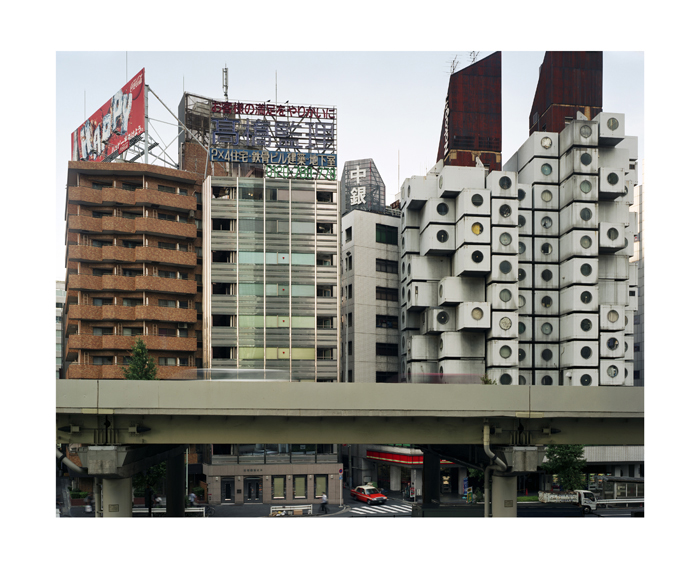








![todd hido (2)[4]](https://humanendeavourphoto.files.wordpress.com/2011/03/todd-hido-24.jpg?w=720)



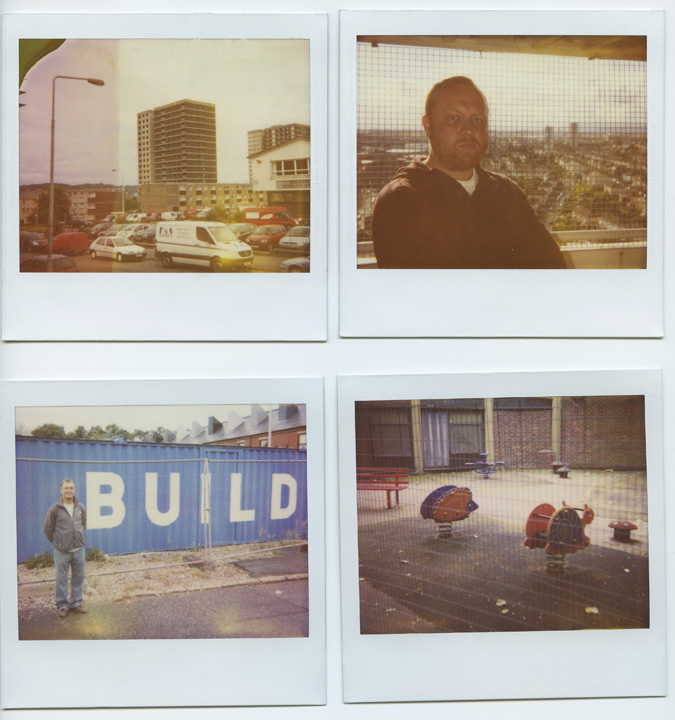
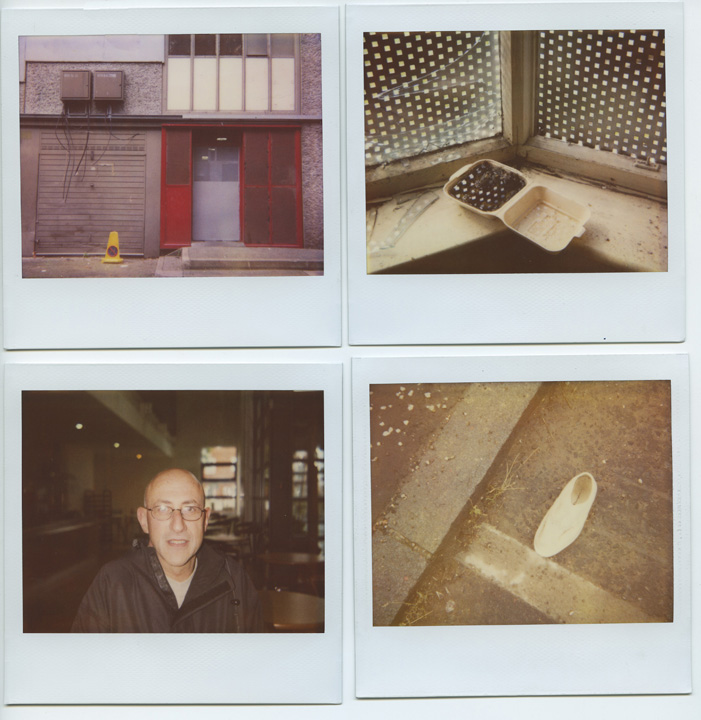

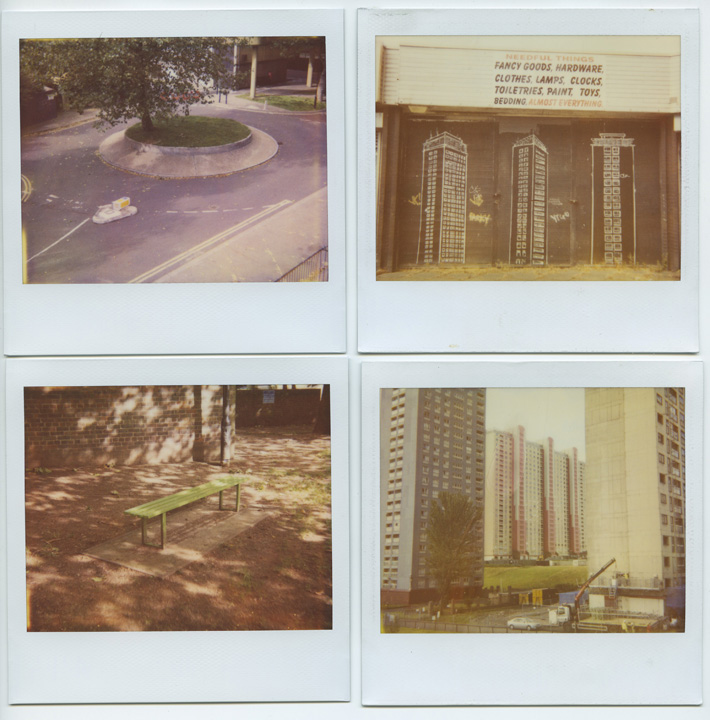


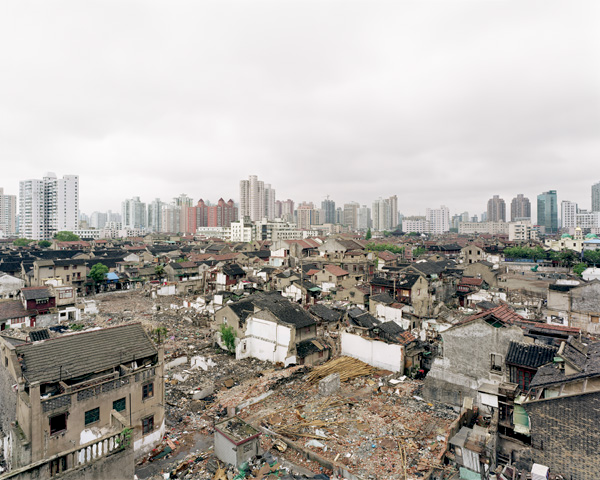










leave a comment